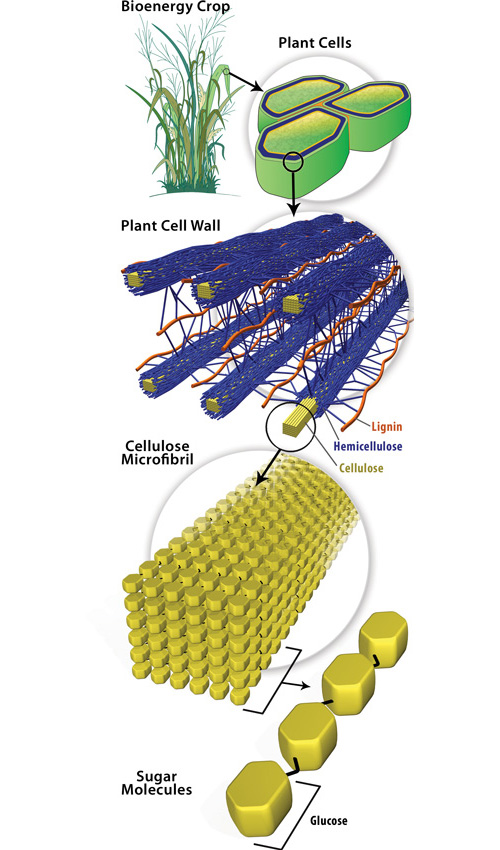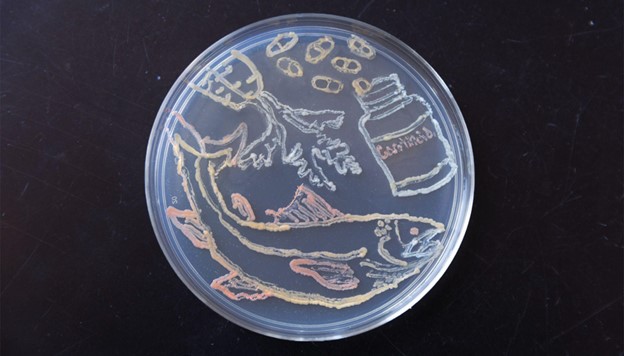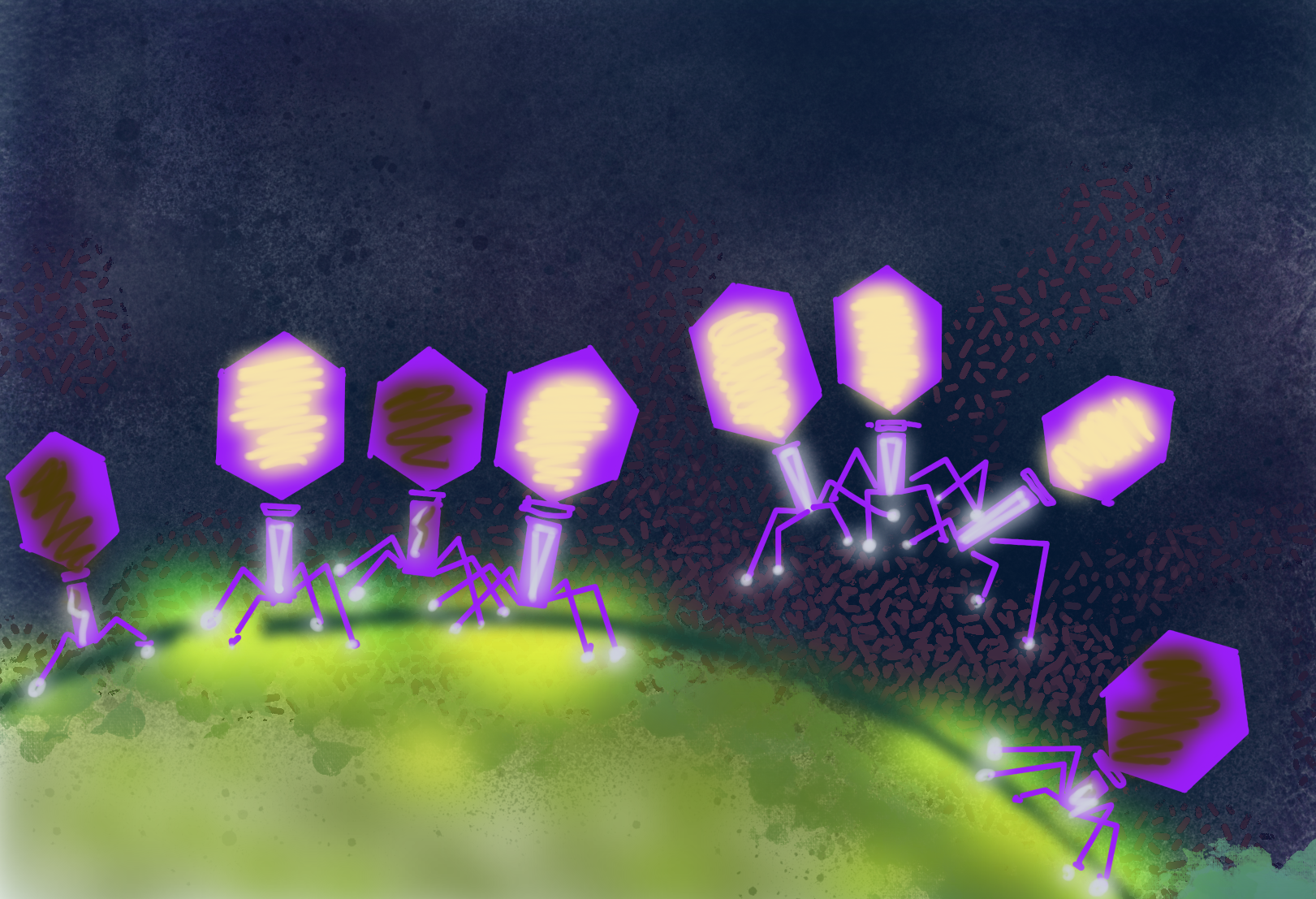Making Cellulose More Accessible for Bioconversion
Simulations and neutron diffraction reveal how amines disrupt cellulose’s structure.

The Science
Cellulosic biomass (e.g., plant stalks, trunks, stems, and leaves) holds great promise as a renewable alternative fuel source. Cellulose, a major component of plant cell walls, consists of tightly bound sugar chains that can be converted into biofuels. However, cellulose fibers are extremely resistant to solvents, preventing enzymes needed for conversion from entering the fibers. Ammonia and simple organic amine molecules are well-known exceptions, but the mechanism by which they make cellulose fibers accessible is not understood.
The Impact
Results from research examining this mechanism will help optimize techniques for breaking down cellulose fibers for large-scale conversion to biofuels and other renewable products.
Summary
Research by an international team led by scientists at Oak Ridge National Laboratory combines neutron fiber diffraction and computational simulation to show how ethylene diamine (EDA, a representative amine solvent) binds to cellulose fibers. Experimental neutron diffraction data for EDA-cellulose complexes were the starting points for quantum chemical construction of optimized atomic-level structures that were then studied using computational molecular dynamics simulations. Results demonstrate how EDA disrupts normal hydrogen bonding in cellulose fibers, and the simulations explain the dynamic nature of EDA’s action.
Contact
Daisuke Sawada
Biology and Soft Matter Division, Oak Ridge National Laboratory, Oak Ridge, TN 37831
sawadad@ornl.gov
Funding
This study was partly funded by (1) the French Agence Nationale de la Reserche; (2) Genomic Science Program within the U.S. Department of Energy’s (DOE) Office of Biological and Environmental Research (BER) under FWP ERKP752; (3) and the BER-supported Center for Structural Molecular Biology using facilities funded by DOE and managed by UT-Battelle, LLC., under contract no. DEAC05- 00OR22725. This research used resources of the Hopeper supercomputer at NERSC, supported by the DOE Office of Science under contract no. DE-AC02-05CH11231. Additional support provided by the UK Engineering and Physical Sciences Research Council (EPSRC) for the construction of the D19 diffractometer at the ILL under grant GR/R47950/01.
Publications
Sawada, D., et al. “Structure and dynamics of a complex of cellulose with EDA: insights into the action of amines on cellulose,” Cellulose 20(4), 1563–1571 (2013). [DOI: 10.1007/s10570-013-9974-7].
Highlight Categories
Performer: University , DOE Laboratory
Additional: Collaborations , International Collaboration



